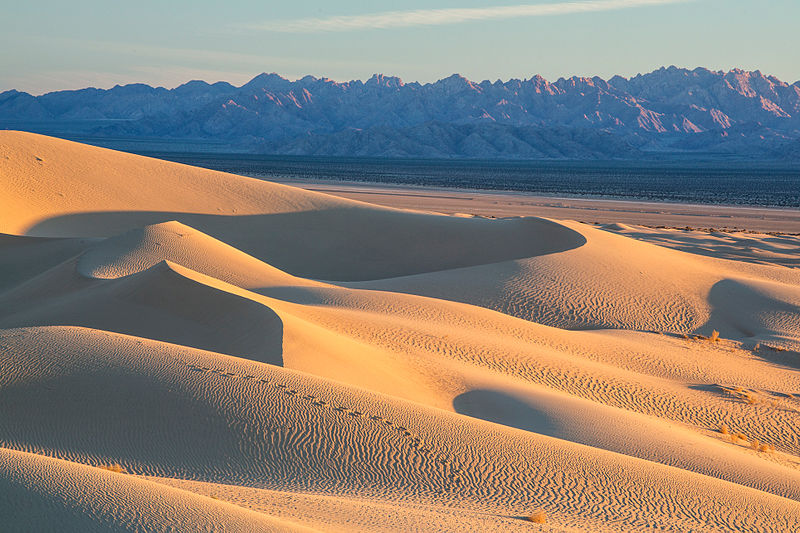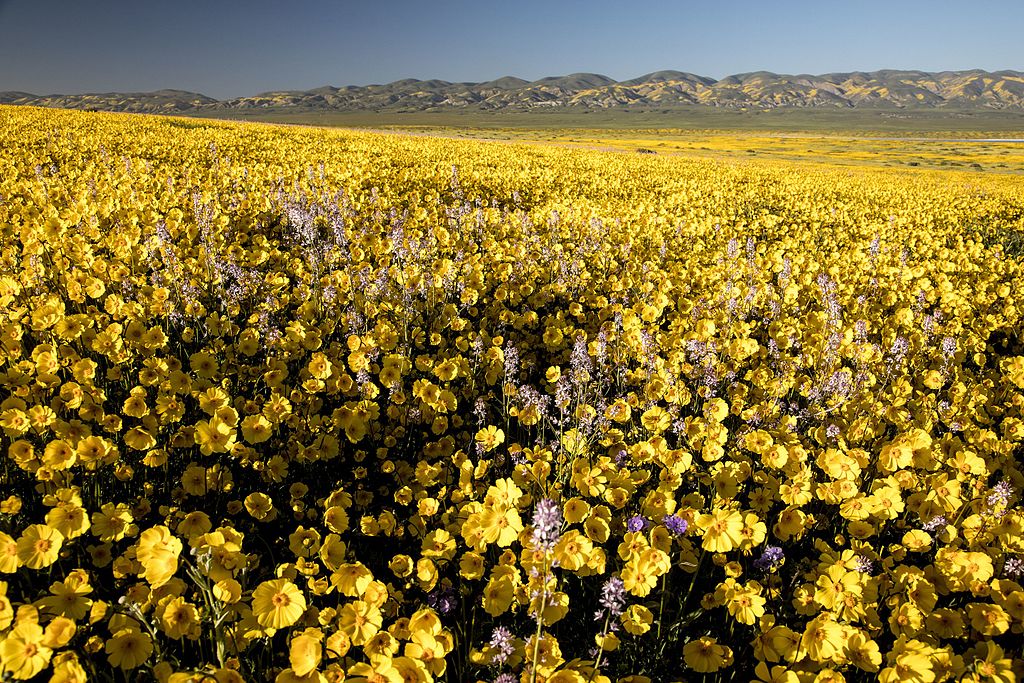Six national monuments in California that need your help
President Trump's order to review 27 national monuments created over the last two decades includes six in California. Sierra Club, activists and outdoors lovers worked hard to create these public lands for recreation and habitat protection. Now their fate seems in peril.
National parks and public lands and waters help define who we are as a nation. Attempts to revoke or change the fabric of national monuments is an assault on our nation’s historical, cultural and natural heritage. There’s no doubt that a number of the national monuments targeted by the review hold resource potential that the oil and gas industry wants to access. Opening these special areas to development would threaten cultural and natural resources that could never be replaced. Our national parks, public lands and waters protect a shared history and culture that are worth more than the minerals beneath them.
There are over 150 monuments that protect the country's cultural, historical,and natural heritage for future generations. Notably, no president has attempted to revoke a predecessor’s monument designation, even where some initial public disagreement over the designation existed.
Let Interior Secretary Ryan Zinke know how much you value national monuments, including these six in California, by submitting comments before July 10. Write to: Monument Review, MS-1530, U.S. Department of the Interior,1849 C Street NW, Washington, D.C. 20240. Online comments may be submitted here.
San Gabriel Mountains National Monument
Sierra Club worked for more than a decade to have L.A.'s wild backyard declared a national monument. “When President Obama declared the San Gabriel Mountains a national monument, it immediately opened the door to new funding that has increased access to these beautiful mountains, streams, and forests, and improved staffing and safety on the trails," said Rep. Judy Chu, whose 27th District includes the mountains. It's within 90 minutes of the Los Angeles Basin and covers 342,177 acres of the Angeles National Forest and 4,002 acres of the adjacent San Bernardino National Forest. Created in 2014.
Sand to Snow National Monument

This site is located in Southern California near the San Bernardino mountains and covers 154,000 acres. It has three distinct ecosystems: coastal (to the west), Mojave desert (to the east), and Sonoran Desert (to the south). According to the Bureau of Land Management, this monument is “one of the most biodiverse areas in Southern California supporting more than 240 species of birds and 12 endangered wildlife species.” Created in 2016.
Mojave Trails National Monument

Sand to Snow shares a common boundary with Joshua Tree National Park, which in turn connects to Mojave Trails National Monument, the largest new addition at 1.6 million acres.The Mojave Trails covers a 105-mile stretch of Route 66 between Ludlow and Needles. The trails include rugged mountain ranges as well as ancient lava flows and sand dunes. This monument protects ancient Native American trading routes, World War II-era training camps, and the longest remaining undeveloped stretch of Route 66. Created in 2016.
Berryessa Snow Mountain National Monument
This monument is located in Northern California and covers about 331,000 acres. This area is known for being a popular winter habitat for bald eagles. This monument also protects ancient cultural sites of Native Americans and has some of the most biodiverse and scenic landscapes in the region. Created in 2015.
Carrizo Plain National Monument

The Carrizo plain is located about 170 miles northwest of downtown Los Angeles and includes about 204,000 acres. This monument is known for its wildflower blooms (2017 was a super-bloom year) as well as being home to communities of wildlife and threatened and endangered plant species. The seasonal and saline Soda Lake is located here too, along with other pockets of vernal pools. Created in 2001.
Giant Sequoia National Monument
This monument covers land along the western slopes of the southern Sierra Nevada in Central California. The monument spans 328,000 acres and protects 34 groves of ancient sequoias. The Monument's diverse geologic formations, ecosystems and human history hold unique opportunities for public education, scientific study and recreation, according to the U.S. Forest Service. Created in 2000.
Other national monuments being reviewed and the years they were created:
Basin and Range in southeast Nevada (2015)
Organ Mountains-Desert Peaks in Las Cruces, N.M. (2014)
Rio Grande del Norte National Monument (2103 )
Sonoran Desert in Arizona (2001)
Upper Missouri River Breaks in Montana (2001)
Vermillion Cliffs in Arizona (2000)
Katahdin Woods and Waters in Maine (2016)
Mariana Trench in the western Pacific Ocean (2009)
Pacific Remote Islands in the Pacific Ocean (2014)
Rose Atoll in American Samoa/Pacific Ocean (2009)
Papahanaumokuakea in Hawaii/Pacific Ocean (2006 and 2016)
Manuiti Boissard is a graduating senior at Rolling Hills Prep in San Pedro who will be attending American University in Washington, D.C. in the fall. She worked as an intern for Angeles Chapter Sierra Club. Roberto Morales, Sierra Club Community Organizer for the San Gabriel Mountains Forever Campaign.



Add new comment